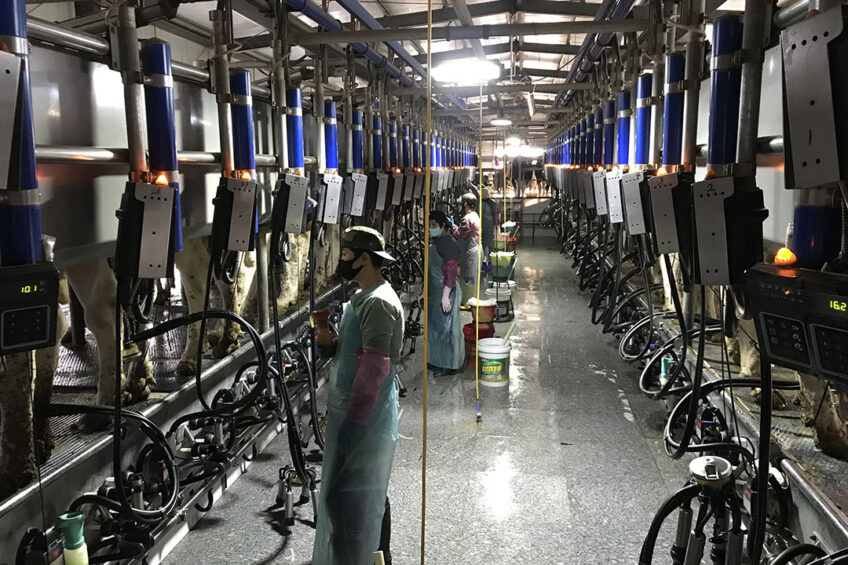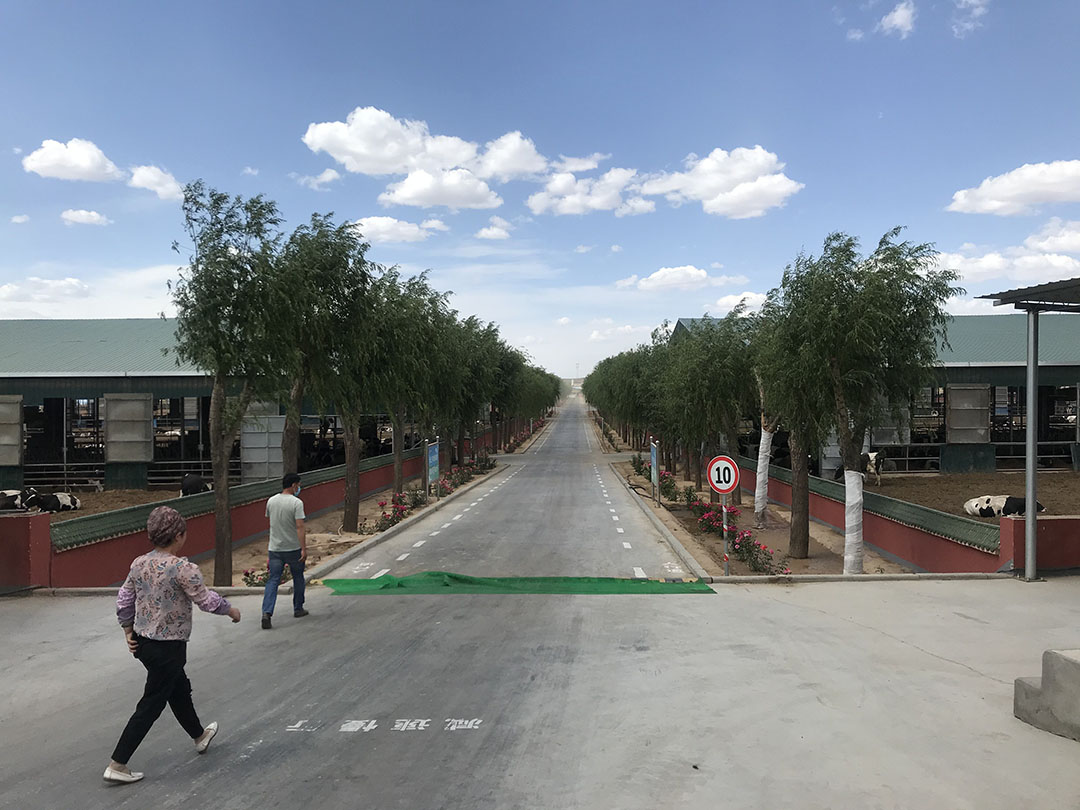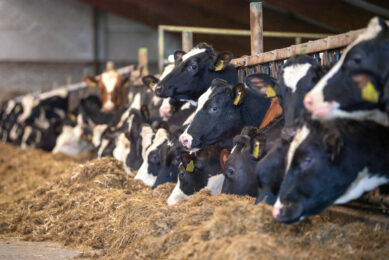Is it better to have many employees on a dairy farm?

There are many things that are different between dairy farmers in different countries, and I am not only talking about the yield or the environment.
When you have been working as an advisor for years in a country like Denmark, where most dairy farmers focus on efficiency and optimal use of labour, and then you move to a developing country, you find out that most of the dairy farmers in the developing countries have far too many employees.
Why many farm employees?
Why? Well for some farmers it is a social status and shows importance and responsibility. For others it is simply much cheaper to have manual workforce instead of mechanical, and in some cases the decision to have many employees can be as complicated as being culturally based.
China is a good example. There I often saw the milk turnover – that is produced milk per year in kg per calculated yearly work – which could be as low as 150,000 litres. But we have seen these numbers as high as 800,000 and even higher in Denmark. So naturally, this was a big focus area when giving advice to the Chinese farmers, but for them it was not a big issue.
The reason? Well, the salary cost was not that high and an extra 1 or 2 employees did not change the bottom line that much, the farmers thought. This might be what many farmers think, but my experience, with almost 3 decades within the field, is that they just do not see where the downside is. Most farmers just look at the salary cost but do not take into account the other downside of having too many people, and that is lower efficiency per working hour.
Milking parlour
My best case example is from a farmer in China that had a 2 x 24 fast-exit milking parlour for his herd of about 650 cows. These cows were milked 3 times a day, and you would expect to get the cows through the parlour in 3 hours or so. But the efficiency was much lower, and when working with the farmer, I quickly realised that he had far too many employees in the milking pit. 24 milking sets on each side were divided between 6 workers. This meant only 4 milking clusters were available for each person. That is simply not a full-time job when milking and also meant they had a hard time keeping proper intervals between teat cleaning and stimulation and milking, so the milk let-down was not good. So overall, he did have low efficient cows because of far too many employees in the milking pit.

Reducing the number of employees
I suggested that he reduce the number of staff and optimally have 3 in the pit to each service 8 clusters. In this instance, the cultural aspect came in – he could not fire employees as this is frowned upon in China. Furthermore, he had, by having many workers in the pit, gotten them used to that routine, and he was afraid the workers would not take it lightly to suddenly be fewer doing the work as many did before. Quite an understandable argument.
So I thought of a solution for him. I told him that the next time someone quits to move on to a different job or for whatever reason, he could split the salary saving between himself and the rest of the employees. He thought at first this was not at all possible but my advice kept him thinking about the matter, and coincidentally within 3 weeks an employee in the pit had quit. He decided to trust me on the matter and offered the remaining 5 employees 50% of the salary he would save, as a bonus if they could do the same work with only 5 of them instead of 6.
They all agreed and got their salary increase, and, as I had foreseen, this did not really have that much impact on the employees, but it started to show on the cows. We saw better milk flow and more efficiency at milking. The farmer could now see what was happening and decided to move one employee to another position that had opened up at the farm and again offer the rest of the employees 50% of the salary of the one that left.
They received 25% salary increase in 1 go, and, to no surprise, they all jumped at the offer. And again, we saw a positive effect. The milking time became even shorter, and we saw the impact on cow productivity, and daily production was also going up. This was symbolic of the cows saying ‘thank you’ for the efficiency, and I have no doubt that he could have done this 1 more time, which is with 3 in the pit.
What he got out of this was amazing: very happy employees that earned a better salary, but at the same time, the farmer had saved a lot of expense in salary costs. In addition, he saw more productive cows. A win-win!
Join 13,000+ subscribers
Subscribe to our newsletter to stay updated about all the need-to-know content in the dairy sector, two times a week.










